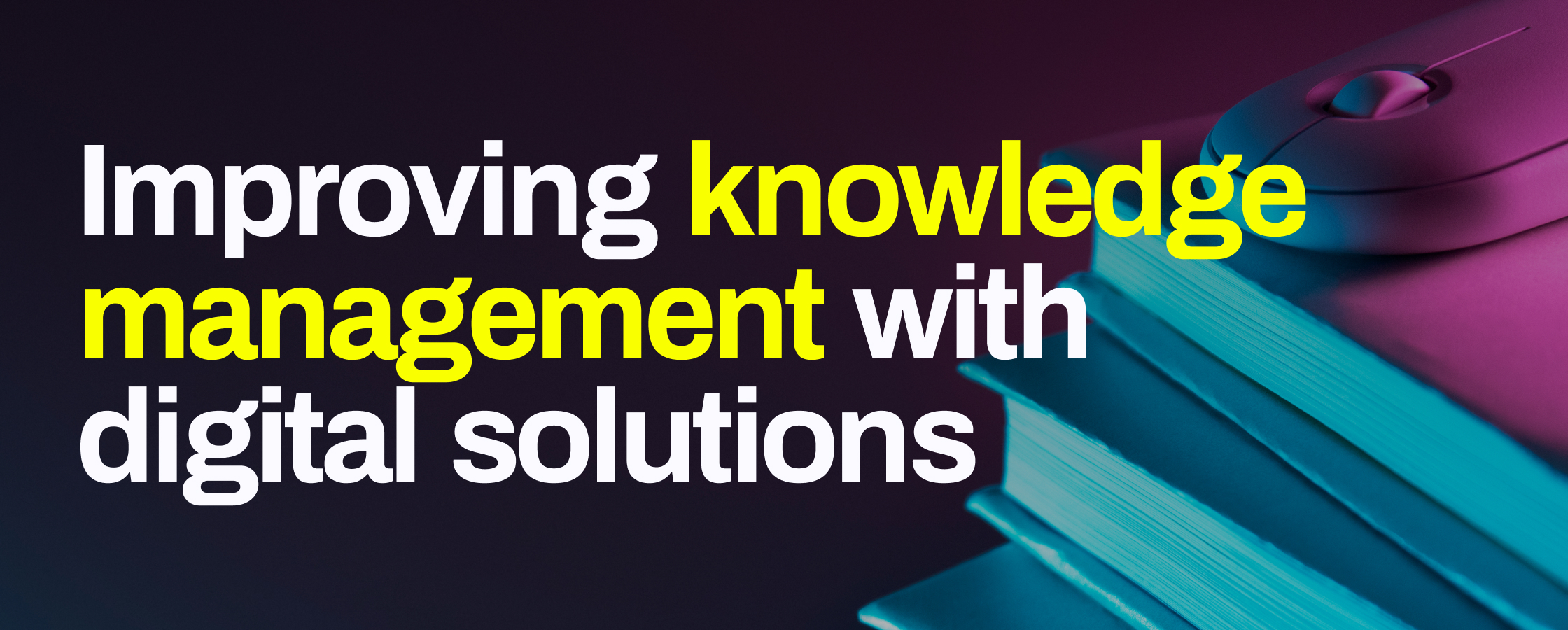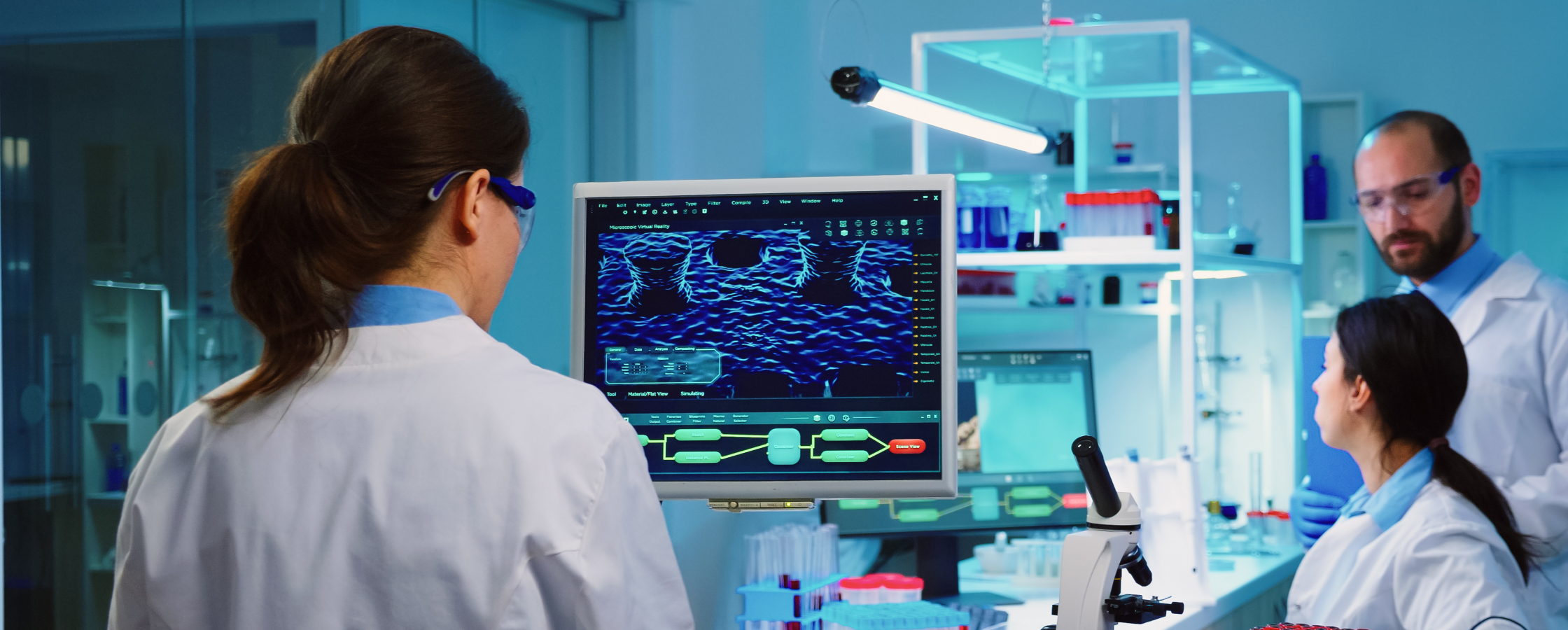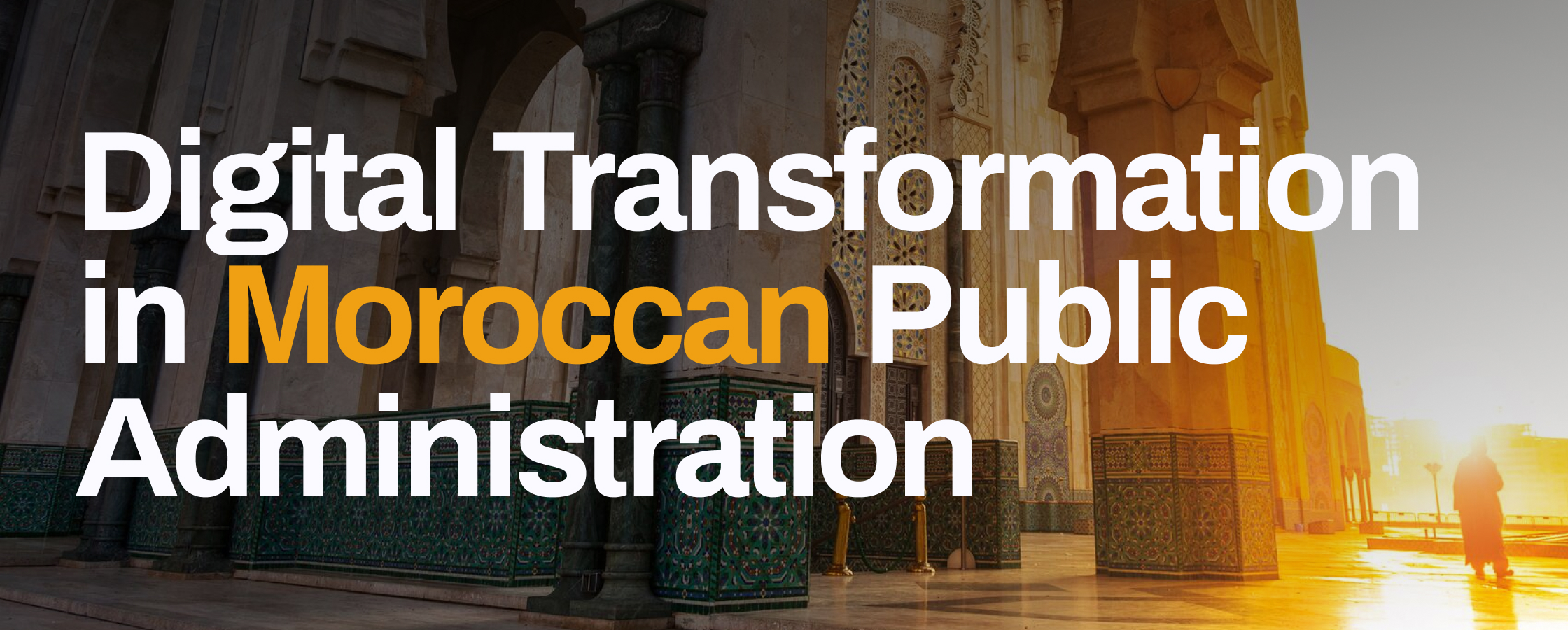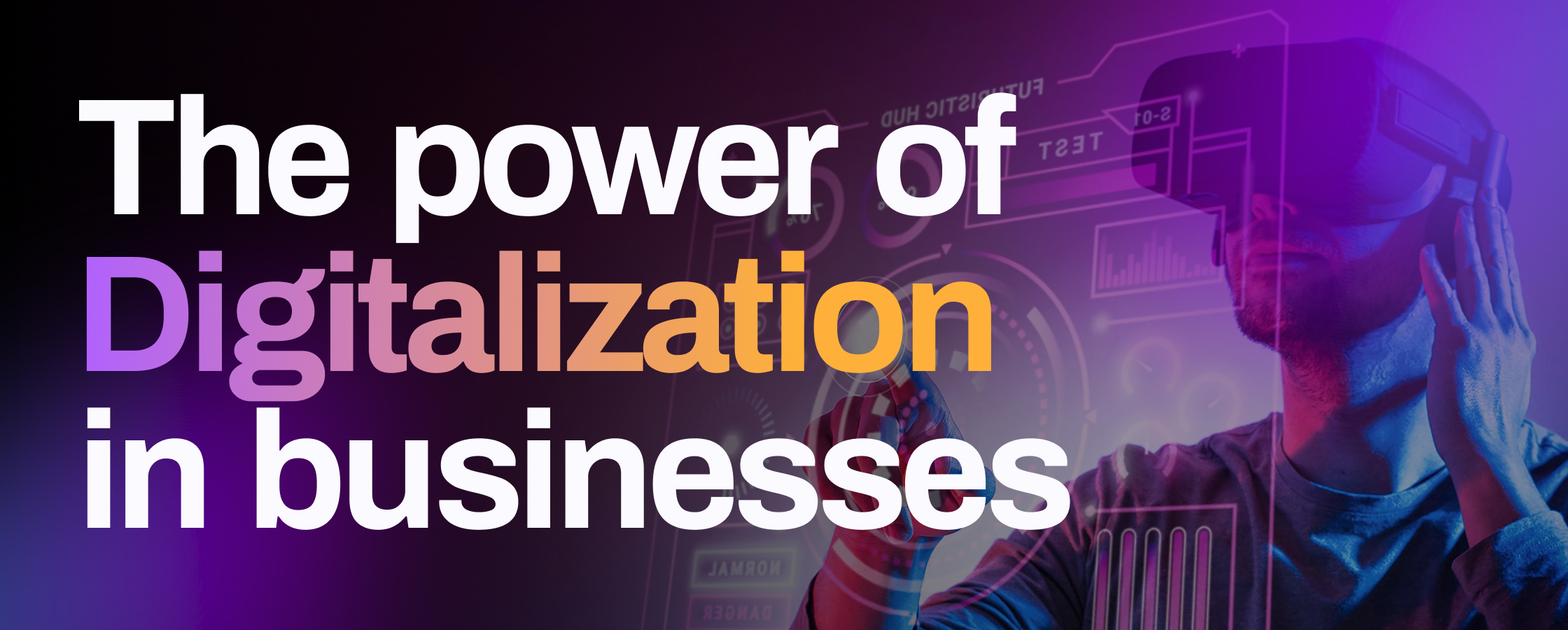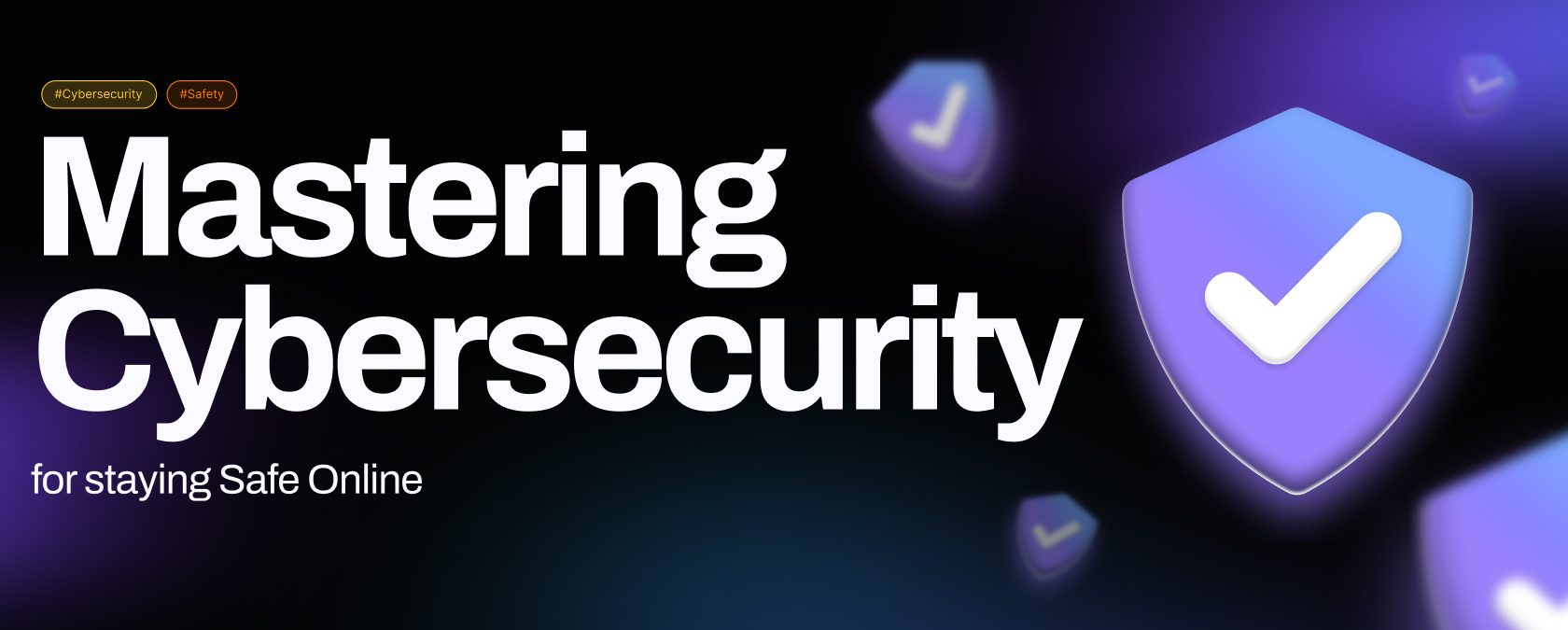In today’s rapidly evolving world, healthcare stands as a cornerstone of both individual and community well-being, significantly impacting lives globally. With advancements in medical technology and evolving healthcare standards, the importance of understanding and navigating the healthcare system cannot be understated. At Harmony Technology, we believe in empowering individuals with knowledge and tools for better health personal safety and improved overall healthcare management. Our approach hinges on the crucial pillars of hygiene infraction control and the adept maneuvering through the healthcare landscape, ensuring that every person has the information necessary to make informed health decisions. This crucial aspect not only fulfills patients’ expectations and needs but also enables effective resource management and a patient-centric approach tailored to individual preferences.
Hygiene Infraction Control
Maintaining high hygiene standards in healthcare facilities is crucial to prevent infections and ensure patient safety. Harmony provides comprehensive hygiene infraction control solutions that include real-time monitoring, automated alerts, and thorough reporting systems. These technologies help identify potential hygiene breaches promptly, enabling immediate corrective actions and minimizing the risk of infections.
Health Personnel Safety
The safety of healthcare personnel is paramount in delivering effective care. Harmony offers advanced safety solutions designed to protect health workers from occupational hazards. Our solutions include :
- Personal Protective Equipment (PPE) : High-quality PPE to safeguard healthcare workers against infectious diseases.
- Safety Protocols : Development and implementation of rigorous safety protocols to prevent workplace injuries and infections.
- Training Programs : Comprehensive training programs to educate healthcare personnel on best practices for maintaining personal safety and handling hazardous materials.
Digital Health Solutions
Harmony leverages digital health technologies to improve patient care and operational efficiency in healthcare facilities. Our solutions include :
- Electronic Health Records (EHR) : Secure and accessible EHR systems that streamline patient data management and enhance the accuracy of medical records.
- Telemedicine Platforms : Advanced telemedicine solutions that enable remote consultations, reducing the need for in-person visits and increasing access to care.
- Mobile Health Applications : User-friendly mobile apps that facilitate patient engagement, appointment scheduling, and remote monitoring.
Smart Asset Management
Efficient asset management is essential for the smooth operation of healthcare facilities. Harmony’s smart asset management solutions include :
- Asset Tracking Tags : Use of RFID and BLE technology to monitor the location and status of medical equipment in real-time.
- Inventory Management Systems : Automated inventory systems that ensure the availability of essential medical supplies and reduce wastage.
- Maintenance Scheduling Tools : Tools that automate the scheduling of maintenance for medical equipment, ensuring they are always in optimal condition.
At Harmony Technology, we stand committed to empowering individuals and communities with the knowledge and tools necessary to navigate the healthcare system effectively. By prioritizing preventative care, maintaining comprehensive personal health records, and fostering effective communication with healthcare providers, individuals can confidently manage their health and safety, ensuring access to high-quality care tailored to their unique needs.



